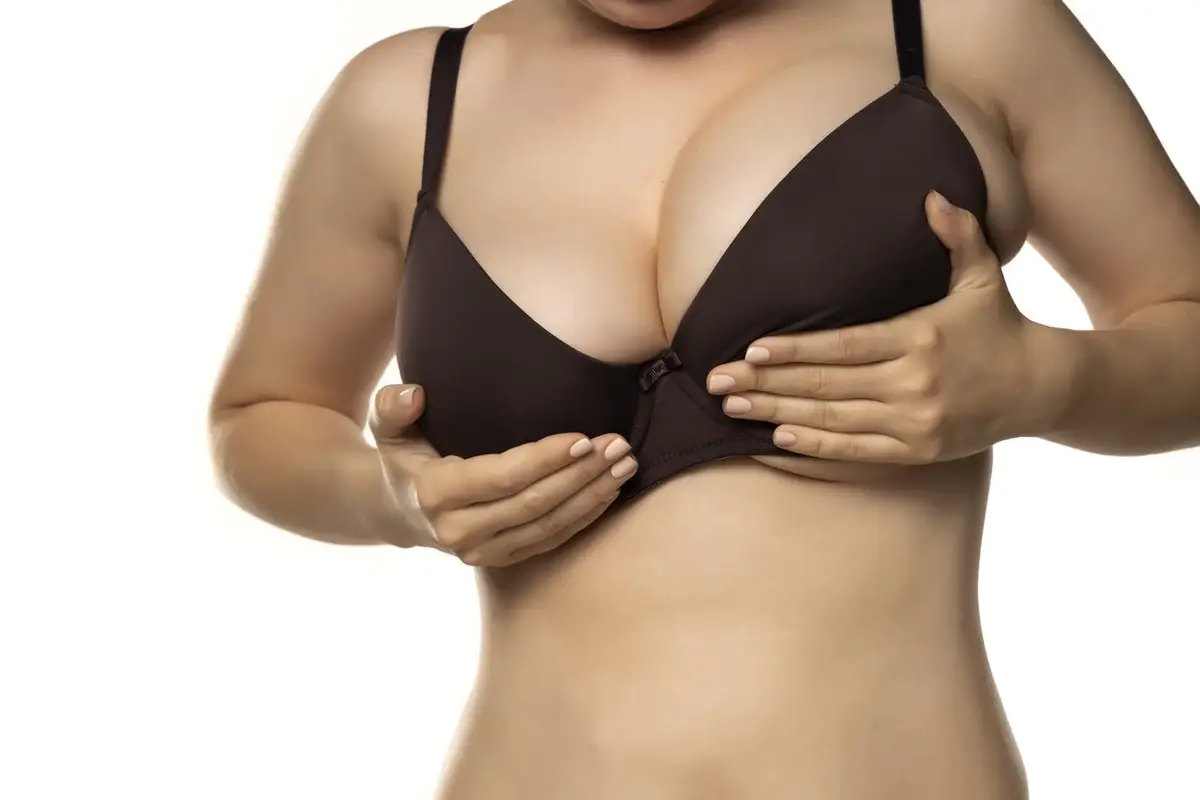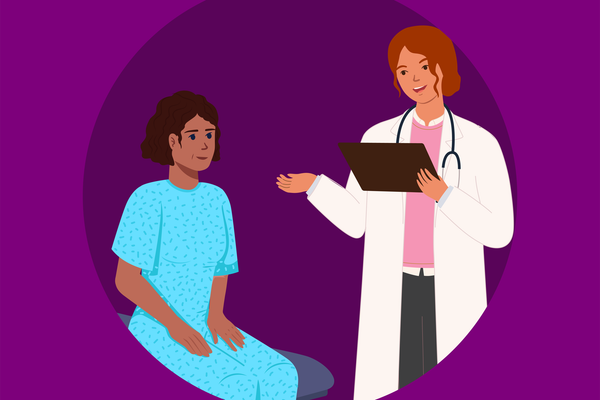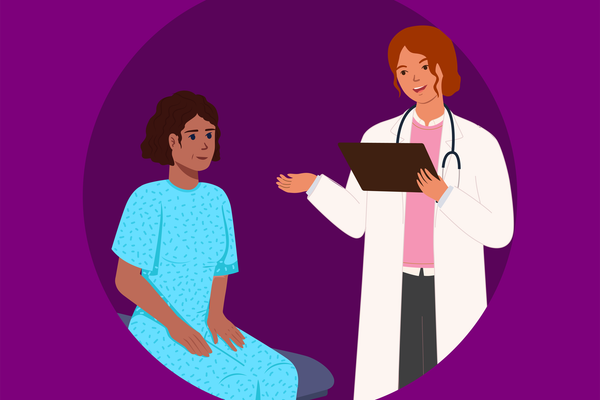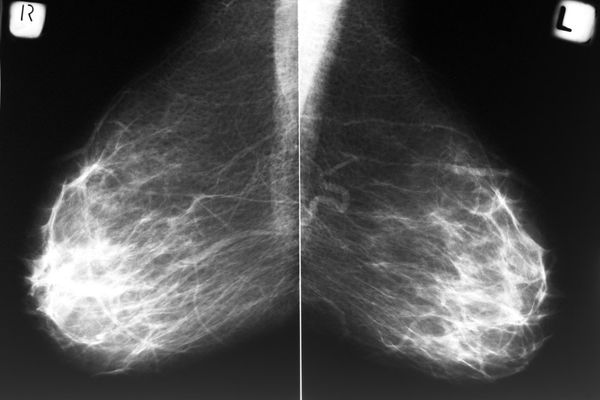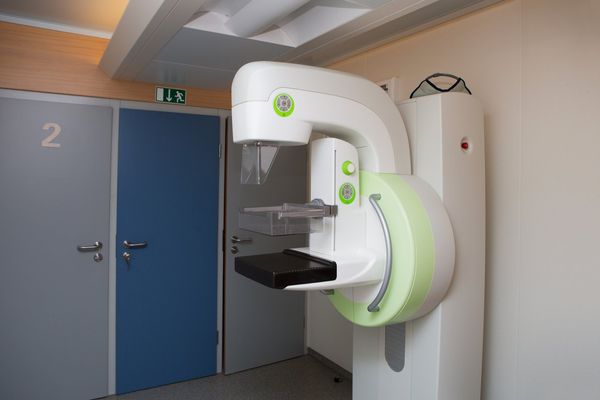If one of your breasts is bigger than the other, you’re in good company.
In fact, having some type of breast asymmetry is so common, there’s even a saying in the plastic surgery world: “Breasts are sisters, not twins.”
The majority of women have asymmetrical breasts, meaning there’s a difference in form, position or volume of the breast. Uneven breasts might mean one breast is bigger than the other. Or it could mean your areolas are different sizes (or even colors). For some people, uneven breasts means they have asymmetrical nipples.
No one really knows why breasts develop differently from one another. But here are a few possible reasons why you might be experiencing breast asymmetry:
- Normal growth variations. Most of our body parts, such as our eyebrows or our legs, aren't fully symmetrical. So, your uneven breasts may be attributed to normal anatomic variations.
- Hormonal changes. When hormones are changing during puberty, one breast can start to grow before the other, even if they stop growing at the same time.
- Traumatic injuries. Trauma to the breast area during a car accident or a fall can cause swelling. If this is the cause of your breast asymmetry, your breast should eventually go back to its normal size.
- Your menstrual cycle. Your breast tissue changes throughout your menstrual cycle. For example, breasts may get bigger due to water retention and additional blood flow. They may feel fuller and more sensitive when you're ovulating. They shrink during menstruation. One study found that breasts have the least amount of asymmetry on the first day of ovulation.
- An underlying medical or skeletal condition. A rare condition called juvenile or virginal hypertrophy of the breast is where one breast grows significantly larger than the other. It often leads to physical and psychological problems and is typically treated with surgery.
- Fibroids or cysts. You may have a fibrous breast lump, which is a tissue growth that develops within your breast, or a cyst, which is a fluid-filled sac. While tissue lumps can be cancerous, most are noncancerous tumors, called fibroids. Lumps can also be caused by fibrocystic breasts, where your breasts feel lumpy or rope-like, or by fibroadenomas, which are noncancerous breast tissues that vary in size and shape. Any sudden or recent differences in breast sizes due to lumps or underlying breast masses should be looked at by your healthcare provider (HCP), who may refer you to a specialist.
- Scoliosis (curvature of the spine). When you have scoliosis, it can widen one side of the rib cage and create uneven breasts. Uneven breasts in developing girls is a common symptom of scoliosis.
- Deformities in the chest wall. Chest wall deformities are structural issues that impact the chest and in turn, the breast size, shape and projection. For example, if you have Poland Syndrome, it can cause underdevelopment of breast tissue and areola (the ring of pigmented skin surrounding a nipple) and rib abnormalities. Funnel chest can cause a depression in the breast bone. And pigeon breast can push the breastbone outward and can cause scoliosis.
- Breast cancer marker. Some research suggests that breast asymmetry may be a marker for women who have an increased risk of breast cancer. Typically, breast cancer is only a concern if you've always had even breasts but they've suddenly become uneven as an adult. Be sure to talk to your HCP if you have sudden changes in the shape, size or appearance of your breasts.
If you’re not happy being a member of the uneven breasts club and are bothered by the difference in your breasts, talk to your HCP about your options. And if you notice a change in size or appearance, call your HCP right away. Most of us aren’t perfect, but noticeable changes can be the sign of a more serious health issue.
- Aesthetic Breast Procedures ›
- Healthy Breasts: A Guide to Caring for Your Breasts ›
- Uneven Breasts ›

